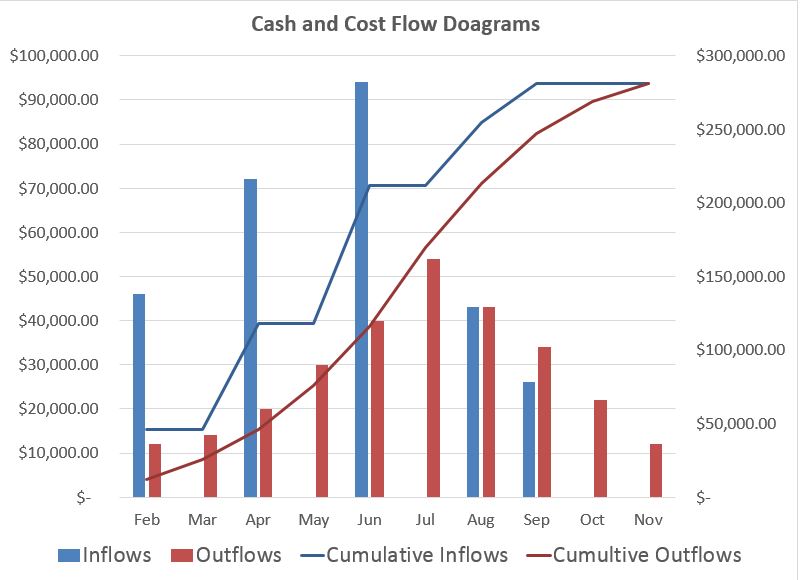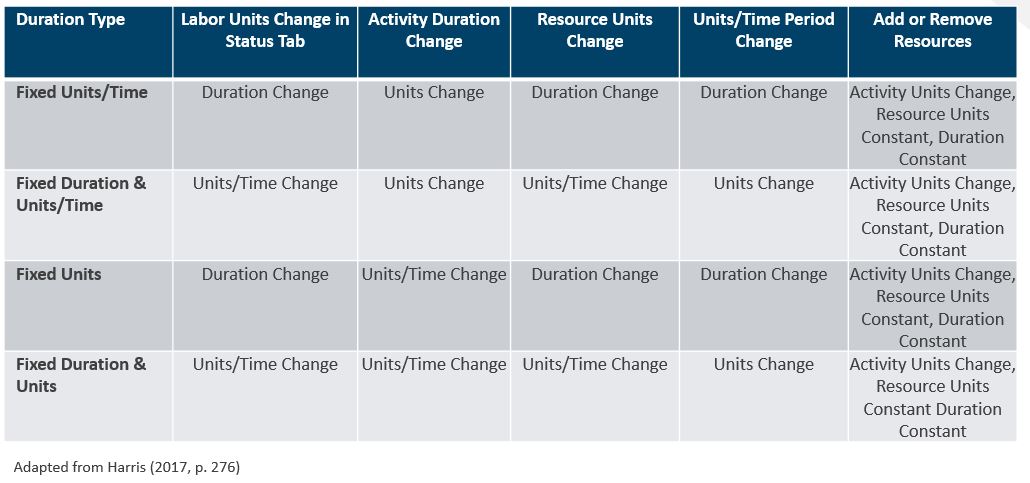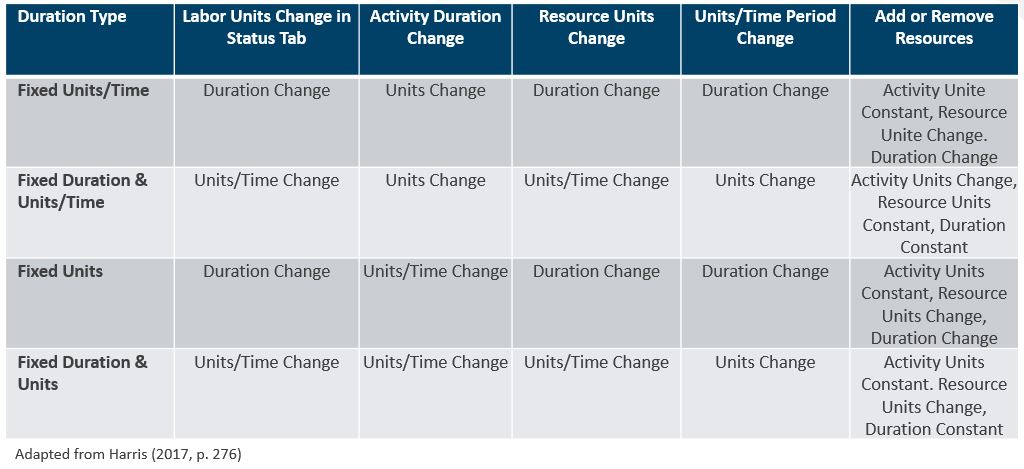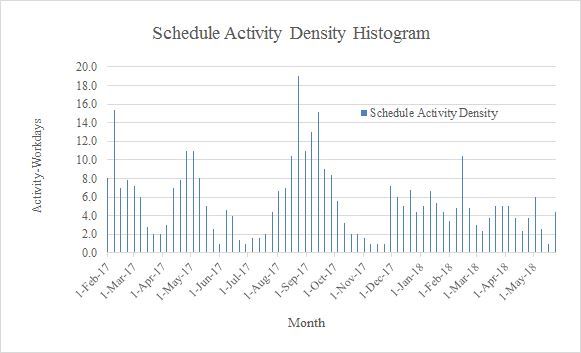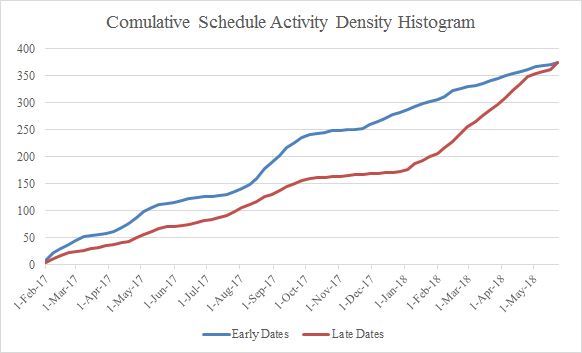Introduction
A variety of reasons may increase or decrease the amount of work required by a contract. These increases or decreases are either directed or constructive. This article briefly describes each of these main categories of variation. It also outlines the potential implications of variations and variation orders from the time and cost management perspectives.
In general, owners have the contractual right to make changes to the work outlined in the original contract. The terms variations, modification, and changes are often used interchangeably.
Variation types
Since variations not only impact contract scope of work but also they potentially have time and cost implications, it is important to identify various types of variations and recognize potential effect of each type of variation on contracts. Examples of the most common variations include:
- Changes in means and methods or material to be installed
- Differing or unforeseen site conditions not envisioned in the original contract price
- Modifications that change the planned work sequence as originally envisioned
- Changes to the scope of work due to constructability issues or conflicts between work elements
- Changes in plans and specifications
- Corrections made due to errors or omissions
- Modifications as a result of the actions or inactions of third-parties

Directed variations
A directed variation is issued when the owner specifically directs the contractor to make a change. This type of variation may or may not affect the contract price. A directed variation that influences only the schedule is an example of a directed variation with no effect on the contract price. As another example, a directed variation that impacts a project’s configuration, work sequence, or space requirements may adversely influence labor and equipment productivity on-site. A directed variation with cost impact may reduce or add the contract price. Directed variations are typically not complicated because the owner specifically directs the contractor to make a change and as such, directed variations are easier to deal with.
Constructive variations
Constructive variations, on the other hand, occur as a result of non-owner-directed events that implicitly necessitate a variation. Unlike directed variations, the owner does not specifically direct the contractor to make a change in case of a constructive variation. Instead, as a result of non-owner-directed events or actions or inactions of the owner, the contractor is forced to modify the scope specified in the contract or incur additional costs. Typically, constructive variations are not easy to recognize because they generally occur due to non-owner-directed events or circumstances. In addition, in case of a constructive variation, the owner does not typically have an explicit acknowledgment of a variation to the original scope of work set forth in the contract. Examples of the most common types of constructive variations include:
- Verbal communications that implicitly necessitate making changes
- Deficient drawings or specifications
- Ambiguity in architect-provided responses to information requests
- Differing site conditions
- Over-inspection
Implications
Although deductive variations exist, variations typically increase contract prices. This increase is due to increases to direct material, labor, and equipment prices. Nevertheless, the impacts of variations are often not limited to direct costs. Variations often result in the loss of efficiency and as such, the adverse effects of variations need to closely be examined to ensure their consequences are fully evaluated.
Conclusion
It is important to identify variations in a timely manner, especially in case of constructive variations whose effects are not explicit and readily recognizable. The reasons for each variation need to properly be identified and documented in proper tracking logs. Moreover, the effects and implications of each variation need to properly be documented to ensure sufficient documentation and historical records are readily accessible to substantiate contractual entitlements.
Author: Dr. Maryam Mirhadi, PMP, PSP | CEO and Principal Consultant
If your project has been affected by multiple variations or variation order and they have adversely affected labor or equipment productivity on-site, or if you are interested to investigate the extent of time and cost impacts due to variation orders, Adroit will be able to assist in assessing these impacts. For more information, please contact us.







